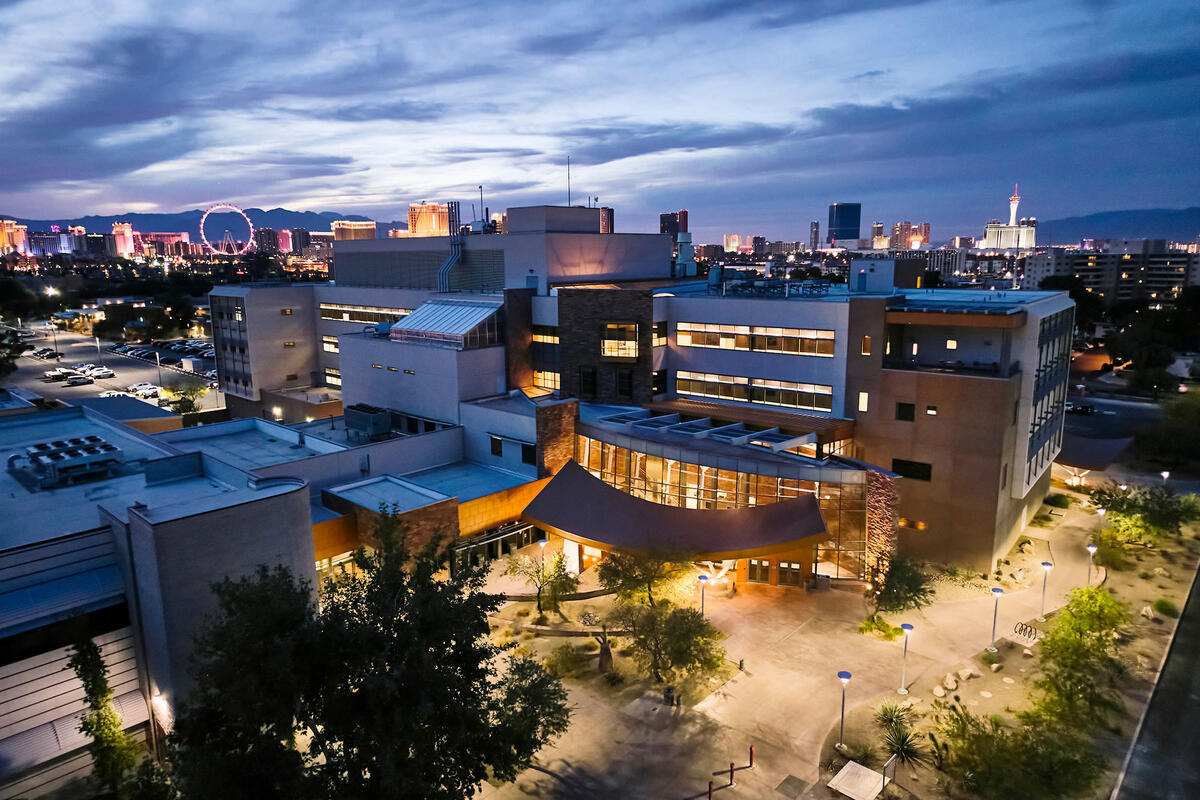
Infrastructure and Shared Governance
UNLV continually develops and leverages the conditions necessary for success, which includes an effective organizational structure, an improved infrastructure, a service-oriented culture, meaningful faculty engagement in shared governance, and the capacity for informed decision-making and informed risk-taking.
Strategic Objectives, Tasks, and Metrics
Foster a culture of continuous improvement (CI) through development and growth of support infrastructure.
- Continue to develop and support training, tools, and resources to support CI activities, such as professional development offerings from UNLV human resources, process improvement expertise, and dedicated project management functionality.
- CI tools and opportunities are marketed and promoted by all levels of leadership at UNLV.
- Identify and Create an ISG (Infrastructure and Shared Governance) Workgroup.
- Improve service experiences, build relationships, determine opportunities for efficiency in support of university mission and goals.
- Create opportunities for career progression with an emphasis on continuous improvement.
- Assess, consolidate, and refine master plans to support the Top Tier vision and mission. These should be reviewed annually by the ISG or subgroup.
Metrics: overall satisfaction with campus services; progress milestones
Engage in effective and strategic management of limited resources to maximize return on investment
- Develop, implement, and sustain tools and processes for budgeting and multi-year financial modeling.
- Grow Anaplan product offerings. Increase usage of Anaplan tools. Successfully delegate budget responsibility to campus units. Create tools to facilitate analytical ability (e.g., ROI) on campus. Provide training to Business Managers and Admins regarding the bigger picture for a deeper understanding of budgeting and the impact of individual areas upon the enterprise.
- Leverage technology to optimize energy usage and preventative building and capital equipment maintenance.
Metrics: data warehouse; budget trainings and evaluations
Prioritize and focus efforts to increase sustainability as part of our responsibility as a higher education institution.
- Develop, implement, and sustain actions within the university's Climate Action Plan (CAP).
- Continually adapt and mitigate actions around climate.
- Build resilience and reduce exposure to risk and costs while bolstering community partnerships.
Metrics: Sustainability Tracking, Assessment & Rating System Score; trees and electric sustainability; progress milestones
Expand and enhance ability to gather input from UNLV’s faculty, staff, students and stakeholders to inform critical decision-making and ensure that the broader community that UNLV serves has a voice and is heard.
- Consistently and regularly engage with faculty, staff, students, and stakeholders groups.
- Collaborate with faculty to develop solutions to issues at all institutional levels, including those issues around being competitive as possible for faculty support.
Metrics: climate survey (GCTWF) shared governance; progress milestones
Develop a climate that is supportive of faculty; expands on our commitment to diversity, equity, and inclusion; and honors convergent and divergent views in alignment with the Core Promote and Support a Culture of Social Justice, Equity, and Inclusion.
- Implement structure to coordinate efforts across campus units and promote collaboration towards achieving these goals.
Metrics: faculty/staff job satisfaction, respect and appreciation, communication, campus environment; progress milestones